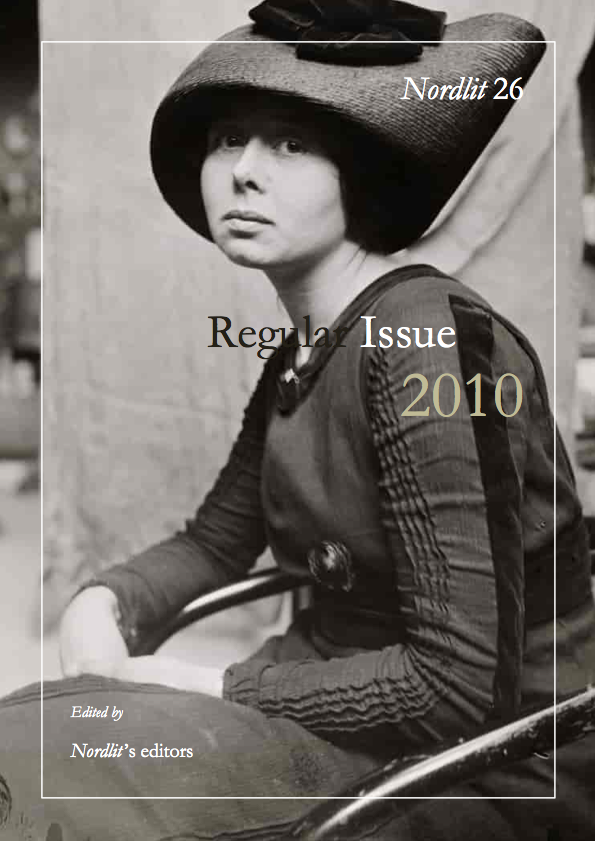Suffering Daughters and Wives. Sentimental Themes in Finnish and Nordic Realism
DOI:
https://doi.org/10.7557/13.1048Keywords:
realism, sentimentalism, naturalism, romanticism, Georg Brandes, George Sand, Henrik Ibsen, Juhani Aho, the Woman Question, daughter novel, love-triangle novelAbstract
This article examines sentimental themes and scenarios in Nordic nineteenthcentury literature, focusing on Finnish realism. The main claim of the article is that the treatment of the Woman Question in Nordic literature is thematically connected to French sentimentalism that depicted upper-class women caught in the conflict between personal freedom and familial duties. Typical scenarios were family barrier to marriage and love triangle, in which an unhappily married woman fell in love with another man. French sentimental social novels took a stance on the position of women. Similar themes and scenarios can be found in Nordic nineteenth-century novels and plays. The ‘daughter novel’ tradition from Fredrika Bremer’s The President’s Daughters (1834) to Minna Canth’s Hanna (1886) depict the sufferings of upper-class girls in patriarchal family and society. A Doll’s House (1879) by Henrik Ibsen centers on the theme of conflicting duties, depicting the moral awakening of a doll-like wife, and Papin rouva (1893, ‘The Wife of a Clergyman’) by Juhani Aho concentrates on the sufferings and moral considerations of the unhappily married Elli. The article suggests that the sentimentalist legacy informs the Nordic nineteenth-century literature and should be taken into account in the scholarship.Downloads
Published
2010-10-01
How to Cite
Isomaa, Saija. 2010. “Suffering Daughters and Wives. Sentimental Themes in Finnish and Nordic Realism”. Nordlit, no. 26 (October):15-29. https://doi.org/10.7557/13.1048.
Issue
Section
Articles









